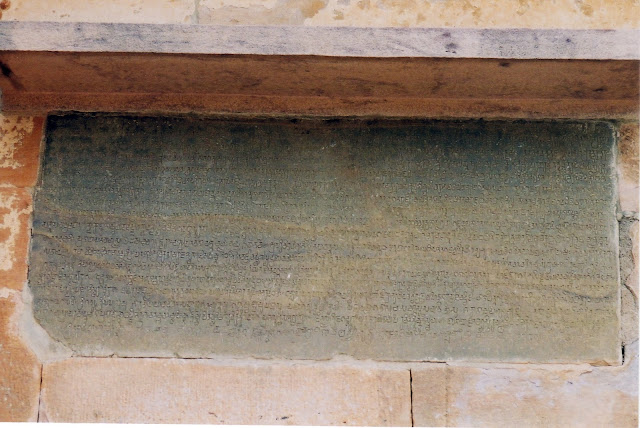Tarikh-i-Rashidi by Mirza Muhammad Haidar Dughlat
Written in Persian, Tarikh-i-Rashidi deals with the history of Central Asia as well as the events in Kashmir. It was written by Mirza Muhammad Haidar Dughlat (1499-1551) who was a ruler of Kashmir. Mirza Muhammad Haidar Dughlat was a cousin of Mughal founder Babur . His grave was restored in 2018 in Srinagar by the Kazakh embassy in India in association with the Archaeological Survey of India (ASI).

